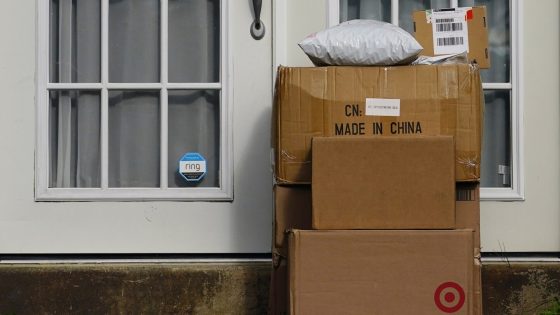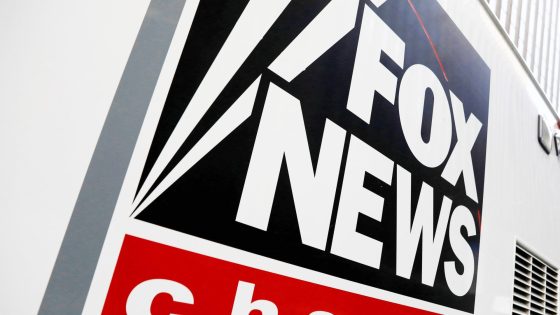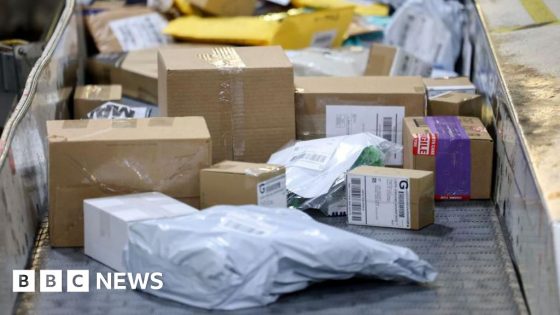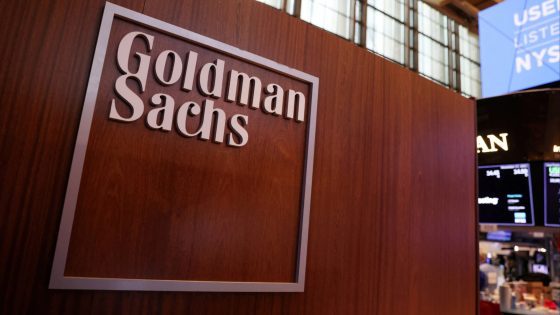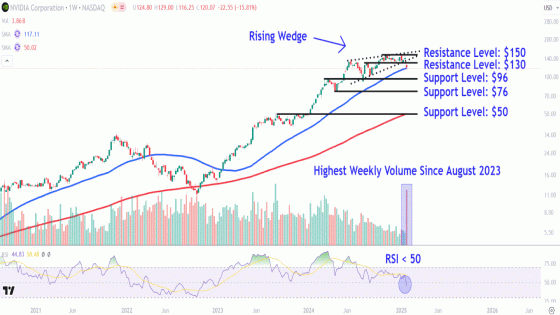A new 10% tariff on products made in China took effect on February 5, 2025, impacting a wide range of consumer goods in the united states. This move is expected to raise prices for items such as electronics, clothing, and toys, as the U.S. Postal Service also announced a halt on accepting parcels from China and Hong Kong until further notice.
- New tariffs will raise consumer prices.
- Electronics heavily impacted by tariffs.
- Low-cost apparel faces increased costs.
- Delivery delays expected from new regulations.
- Retailers adjusting strategies for tariff impacts.
- Toy companies may absorb initial costs.
The tariff is part of ongoing trade tensions between the U.S. and China, with the U.S. importing approximately $427 billion worth of goods from China in 2023. Electronics, including smartphones and laptops, are among the most affected categories, with China accounting for 78% of U.S. smartphone imports and 79% of laptop imports. Other impacted items include clothing, kitchen supplies, and auto parts.
Retailers are preparing for potential price increases. For instance, Jay Salaytah, an auto repair shop owner in Detroit, purchased equipment in advance, anticipating higher costs due to the tariffs. The new tariff also eliminates a trade exemption for goods valued under $800, which previously allowed many low-cost items to enter the U.S. duty-free.
While some retailers, like PacSun, do not plan immediate price increases, they are exploring alternative sourcing options. The Toy Association expects toy companies to absorb the tariff costs initially but warns that consumers will eventually bear the burden. Analysts predict that the price hikes may be modest, but delays in delivery could occur as shipments now face customs scrutiny.
The new tariffs are expected to have a broad impact on U.S. consumers, with various sectors preparing for changes. As the situation develops, both retailers and consumers will need to adapt to the evolving landscape of international trade.



